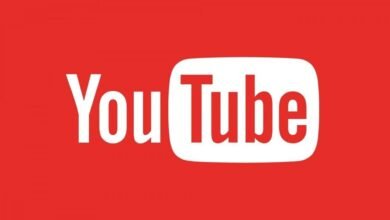YouTube Denies 24-48 Hour Upload Delay Myth

▼ Summary
– YouTube’s Creator Liaison stated that delaying video publication by 24-48 hours does not improve recommendation performance.
– The recommendation system relies on audience behavior data, which only becomes available once a video is public.
– Uploading early is only beneficial for completing checks like copyright and monetization status before publishing.
– Scheduling videos should be used for coordinating with your audience’s availability, not to influence algorithm performance.
– YouTube is actively addressing common creator myths through official guidance on how recommendations function.
YouTube has officially refuted a persistent myth among creators, clarifying that delaying a video’s publication for 24 to 48 hours provides no boost in algorithmic recommendations. The platform’s Creator Liaison, Rene Ritchie, delivered this guidance in a recent video, aiming to dispel widespread misunderstandings about how the system truly operates.
Ritchie emphasized that YouTube’s recommendation engine relies entirely on audience behavior. Until a video is publicly available, there is simply no data for the system to analyze or learn from. He stated, “The recommendation system is largely based on audience behavior. So until your video goes live, not unlisted, not private, but actually public, there’s no audience behavior data for it to understand or learn from.”
He further explained that while it can be practical to upload content ahead of time to allow for copyright and monetization reviews, the act of waiting itself offers no inherent advantage. “Waiting 24 to 48 hours is no different than waiting 24 to 48 seconds or weeks or months,” Ritchie noted. “All you’re doing is waiting.”
This clarification is significant for creators who have been scheduling uploads days in advance under the mistaken belief that it primes the algorithm. In reality, this practice only postpones a video’s visibility without any corresponding improvement in performance. The key is to publish content once all necessary checks are complete and when your target audience is most likely to be active. YouTube’s recommendations are driven by viewer satisfaction metrics that only begin accumulating once a video is public.
Scheduling still serves a valuable purpose for organizing your content calendar. It allows creators to release videos at optimal times for their audience or to host a Premiere event, which can generate excitement with a shared viewing experience. However, these benefits relate to coordinating viewer availability, not to manipulating the recommendation algorithm.
For practical workflow management, uploading a video early makes sense if you need to ensure that copyright checks pass and that the correct monetization status is confirmed before the scheduled go-live time. This preparatory step can prevent last-minute issues, but it does not influence how the video will be recommended afterward.
YouTube remains committed to addressing common misconceptions through its official communications channels. Creators can anticipate more straightforward advice in the future, focusing on the genuine factors that affect video performance and where timing genuinely plays a role.
(Source: Search Engine Journal)





